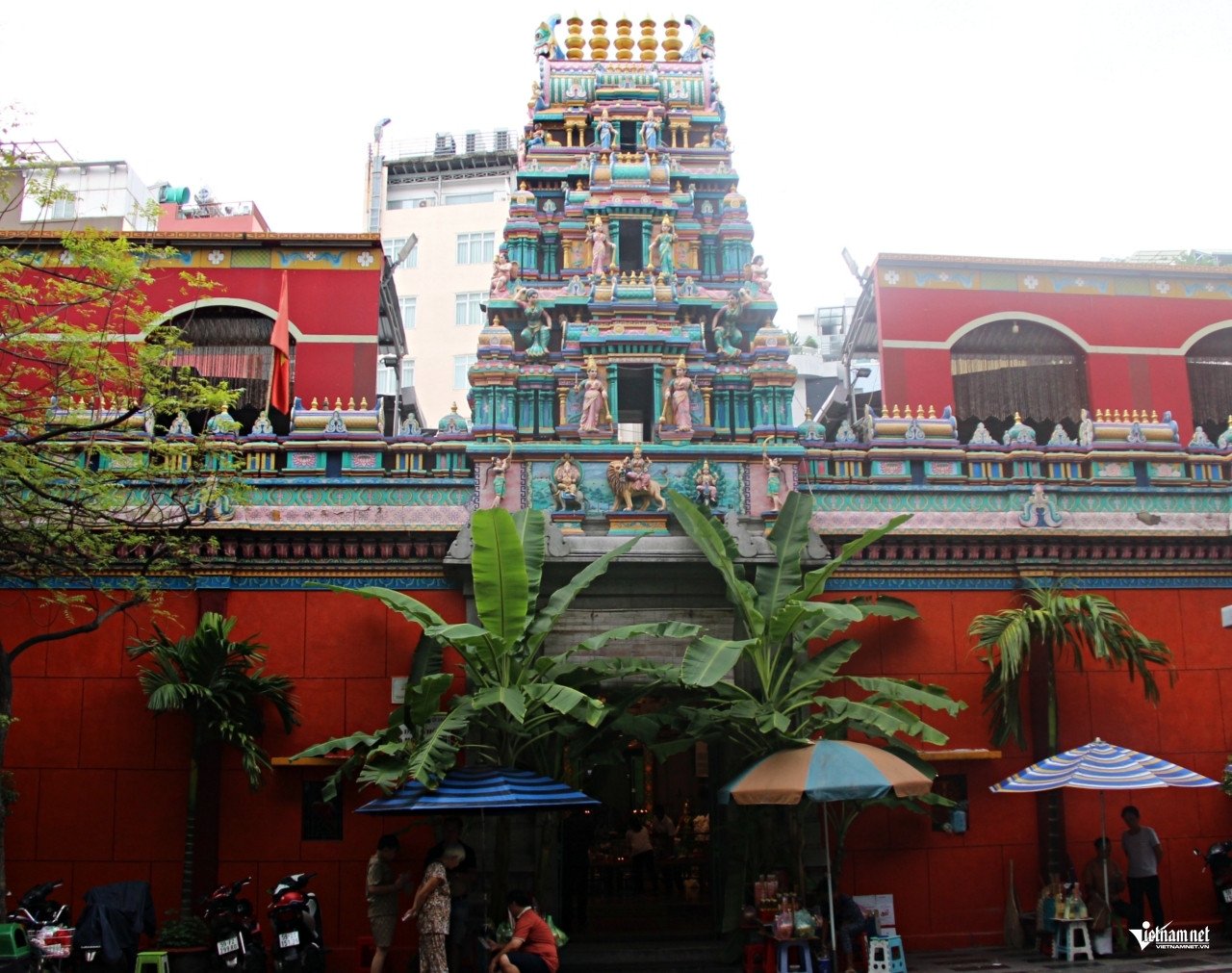
Ancient temple in the heart of the city
Located on Truong Dinh Street (Ben Thanh Ward, Ho Chi Minh City), Mariamman Temple - also known as the Indian Temple - has existed for more than a century with unique architecture.
The temple facade stands out with its soaring multi-storey tower gate, decorated with many brightly painted statues of gods and sacred animals.
The corridor surrounding the temple has 18 relief statues of Hindu gods, representing guardian deities.
 |  |
On the roof of the temple are two tall towers, filled with colorful painted statues of gods.
 |  |
Through the gate is the main courtyard leading to the main shrine - where Mariamman is worshiped, the goddess of bountiful harvests, fertile land, health and happiness.
In front of the shrine are two lingas placed on yoni pedestals, surrounded by an iron fence. Visitors and devotees are not allowed to cross the fence and enter inside.
Outside the fence, in front of the main hall is the area displaying offerings such as: incense, lamps, rice, salt, etc. Believers and visitors perform worship ceremonies here.
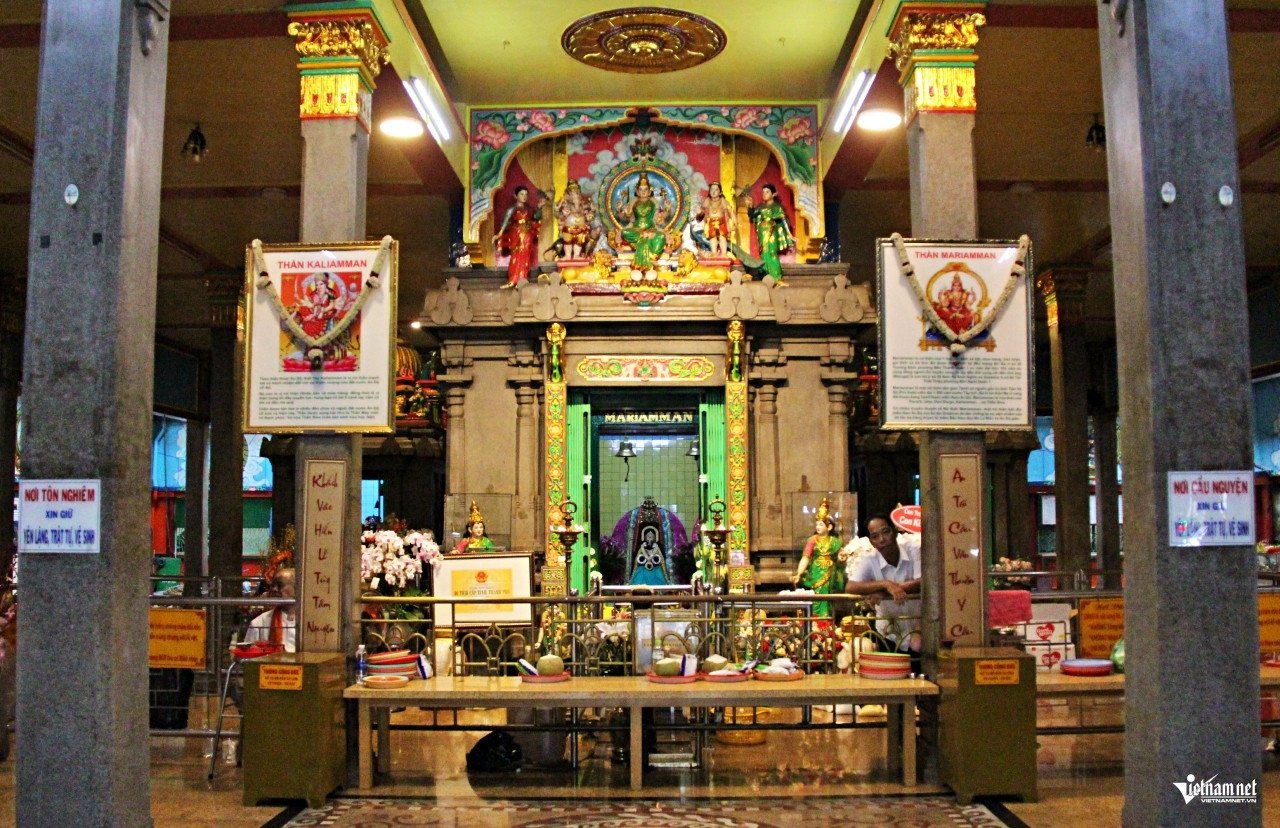
In the main hall, on either side of the Mariamman statue are statues of Maduraiveeran and Pechiamman – the guardian deities of the temple.
According to the information board at the temple, Mariamman Temple was built in the late 19th and early 20th centuries. After that, the temple underwent many renovations.
From 1950 to 1952, the temple was rebuilt by skilled Tamil Indian craftsmen following the model of similar temples in South India and the countries of Sri Lanka, Malaysia, and Singapore.
During this construction, most of the materials, furniture, and decorations in the temple were imported from India. Since 1952, the temple has kept its current architecture.
 |  |
Face the stone wall praying
Every day at 10am and 7pm, the temple holds a fire offering ceremony, lasting about 30 minutes, to pray for favorable weather and business. It is believed that anyone who attends this ceremony will be blessed.
Not only Hindus, anyone can come to the temple to visit and pray.
Every day the ancient temple welcomes many visitors, believers, and people to sightsee and perform prayer rituals.
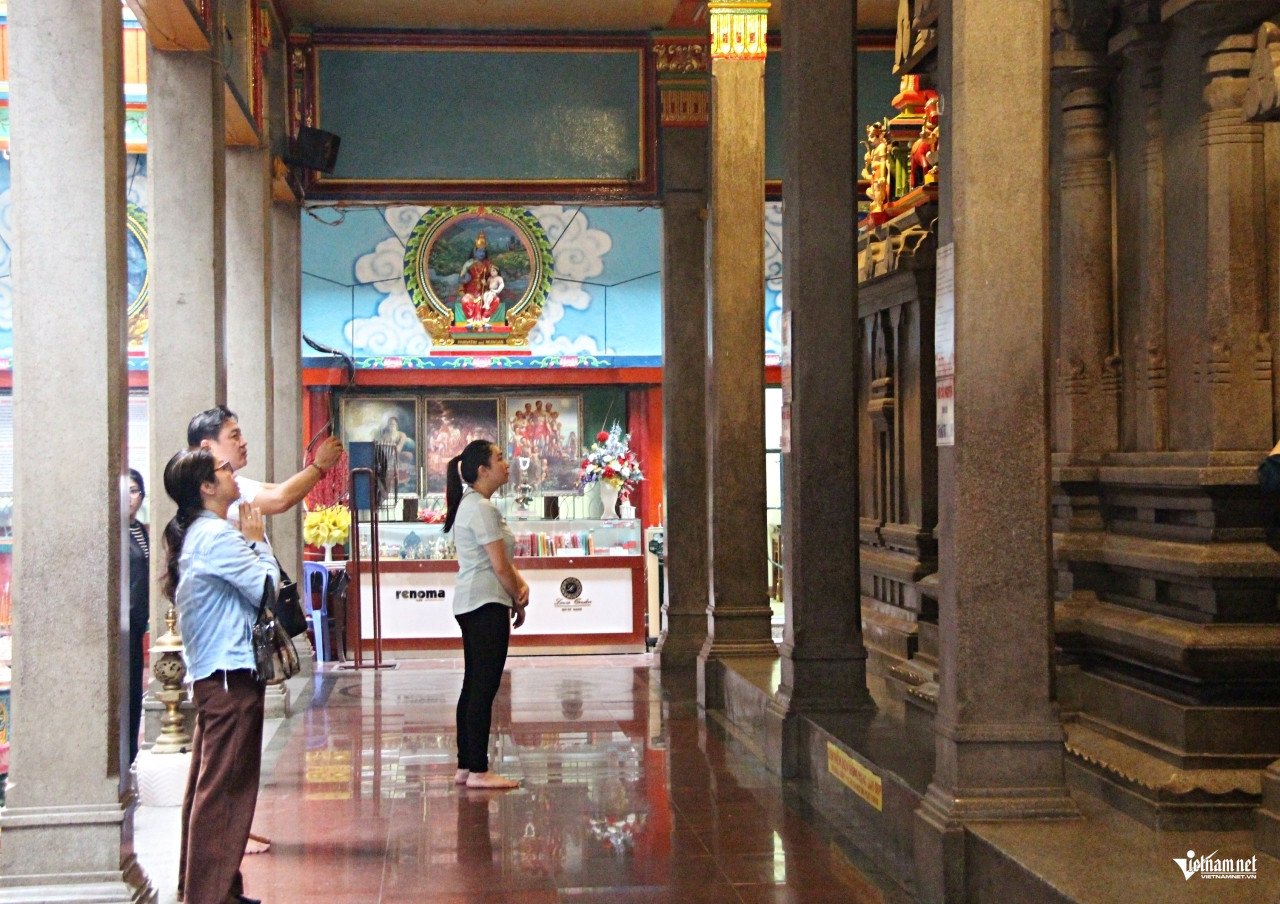
After offering incense in the main hall, visitors often go around to the back to pray.
They lay face down on the imported Indian stone wall, arms outstretched, touching all five fingers to the rock, sometimes tapping the stone wall and whispering for a few minutes.
At the end of the ceremony, they receive "blessings" from the god - usually flower petals wrapped in red paper, a little rice and salt - symbolizing abundance and luck.
 |  |
Mr. Khanh (29 years old) said he is not a Hindu but still often goes to the temple to pray because he believes in the sacredness of this place.
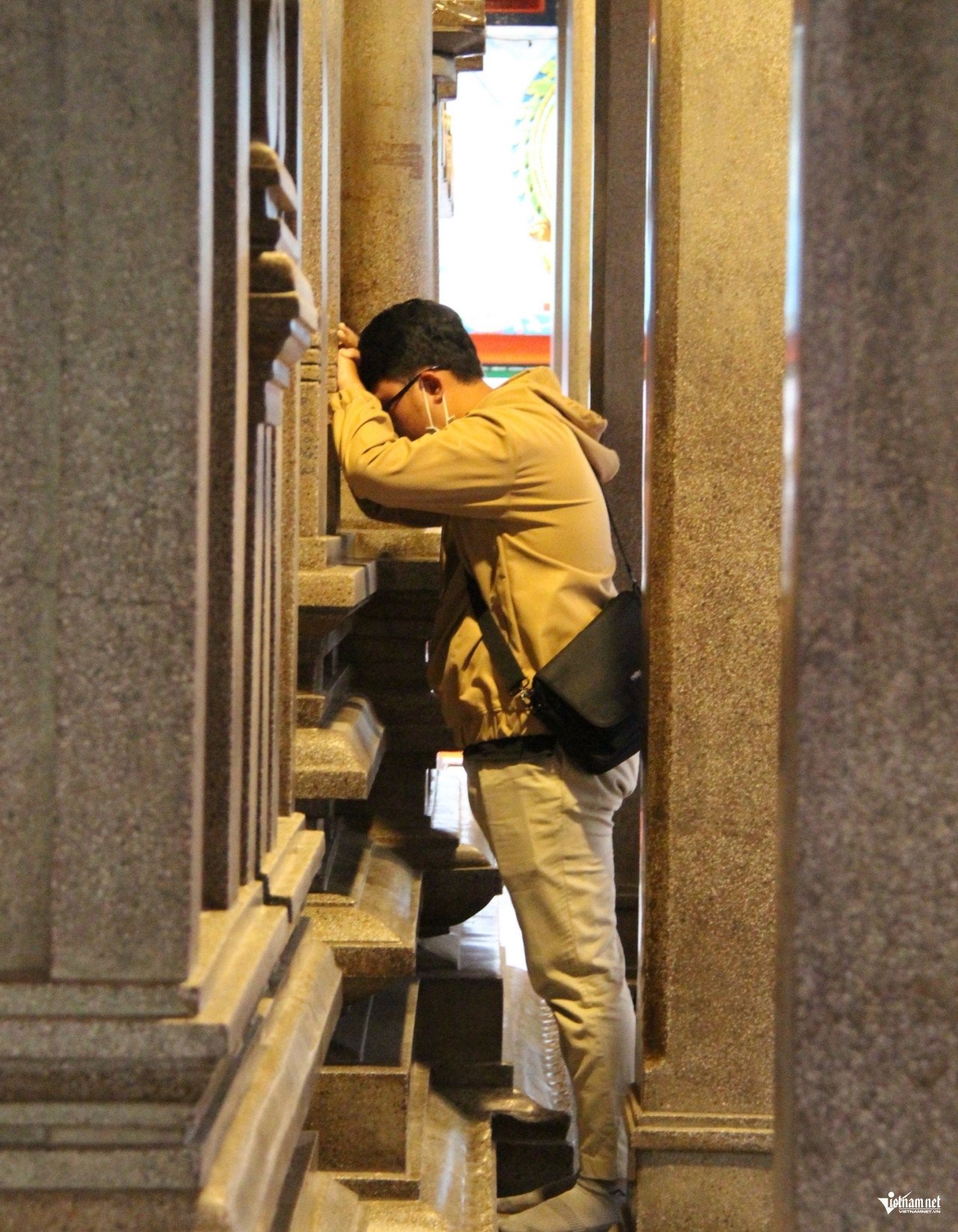
Que Tran (22 years old) also came to the ancient temple to find peace and purity of soul.
“I spent a lot of time during the day exploring the ancient temple. Here, I was especially impressed with the quiet space, without much incense smoke.
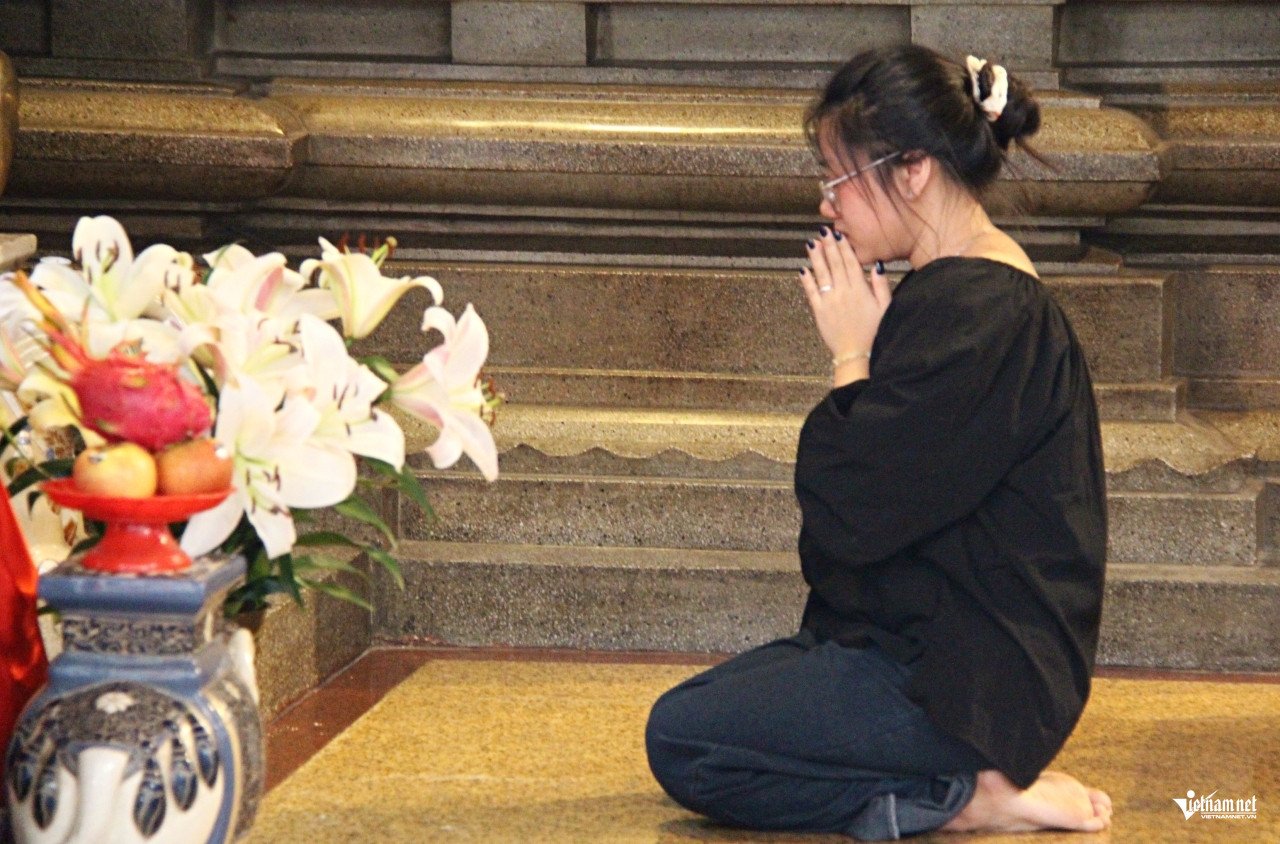
The architecture and decoration of the temple also impressed me. Although it was my first time visiting, I felt that the ancient temple was very sacred.
So I offer incense at the temple, praying for health and luck for myself and my family," Tran said.
Source: https://vietnamnet.vn/ngoi-den-tram-nam-ruc-ro-o-tphcm-khach-up-mat-vao-da-cau-nguyen-2435328.html






![[Photo] Dan Mountain Ginseng, a precious gift from nature to Kinh Bac land](/_next/image?url=https%3A%2F%2Fvphoto.vietnam.vn%2Fthumb%2F1200x675%2Fvietnam%2Fresource%2FIMAGE%2F2025%2F11%2F30%2F1764493588163_ndo_br_anh-longform-jpg.webp&w=3840&q=75)

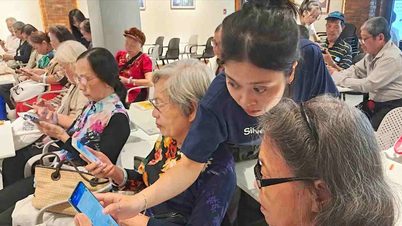



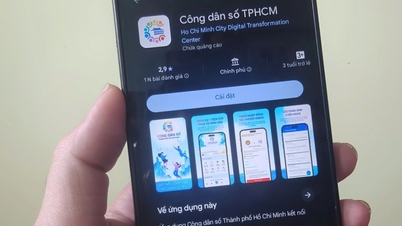

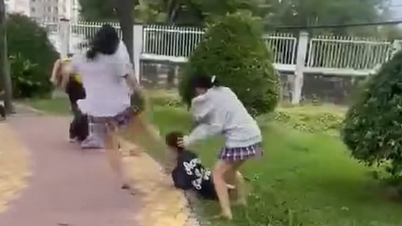
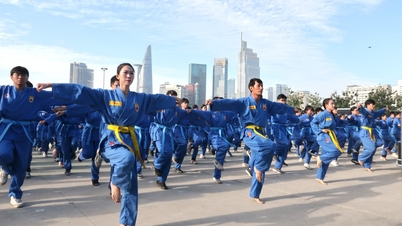

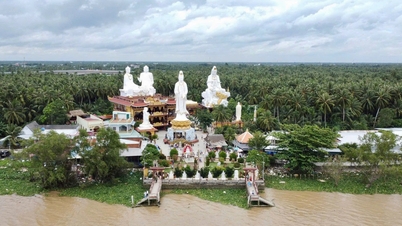



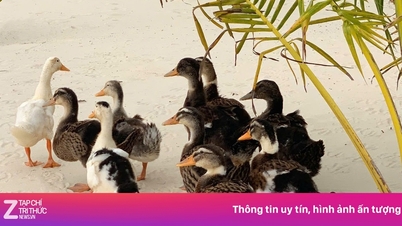

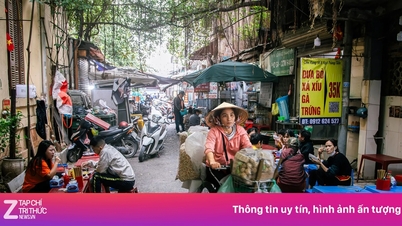

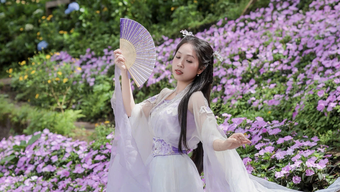




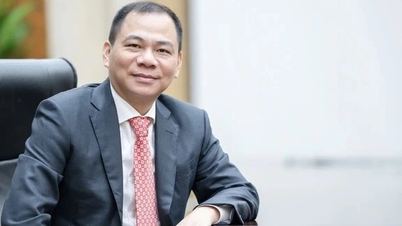

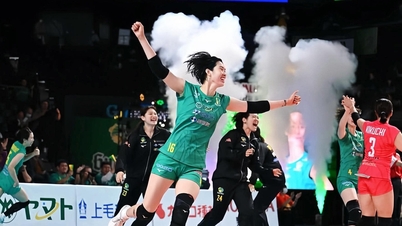
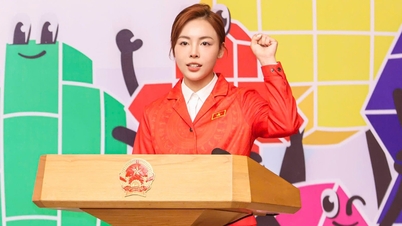


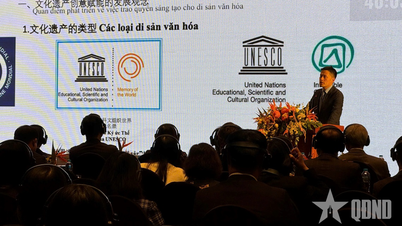

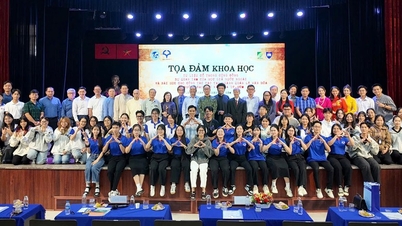

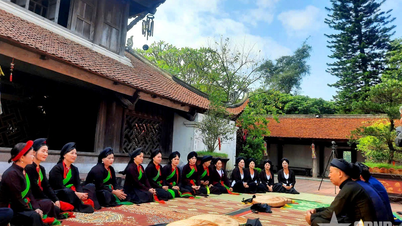


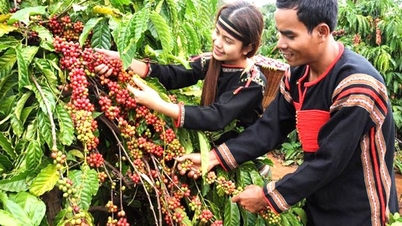

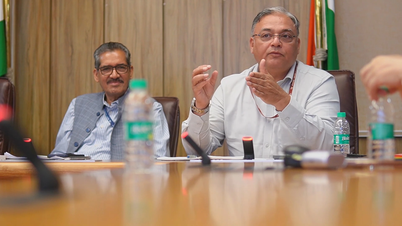
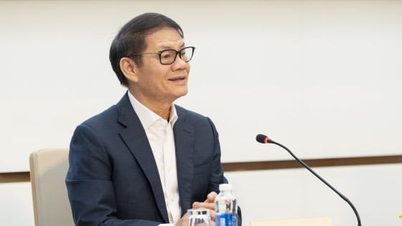

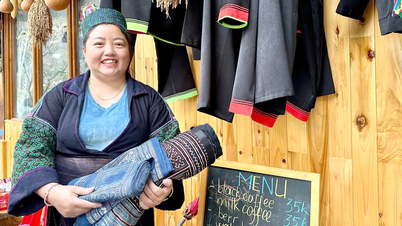

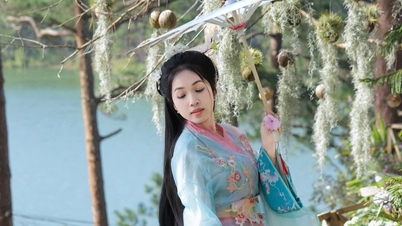


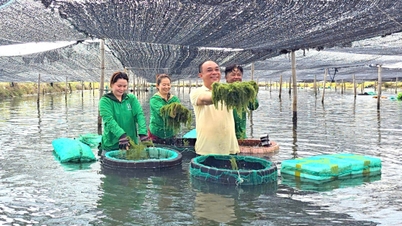
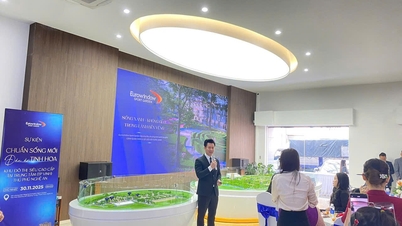












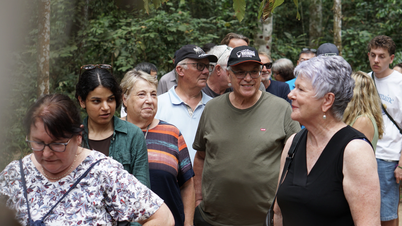


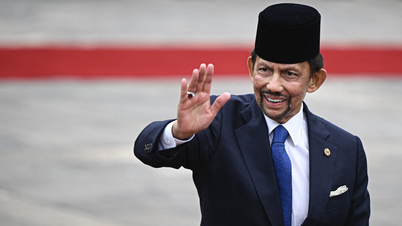


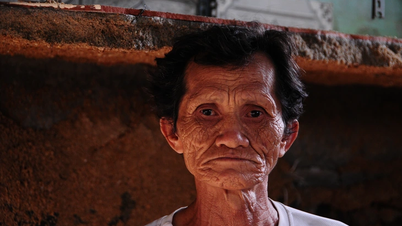
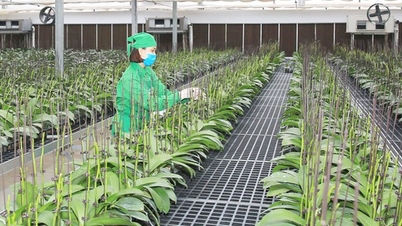




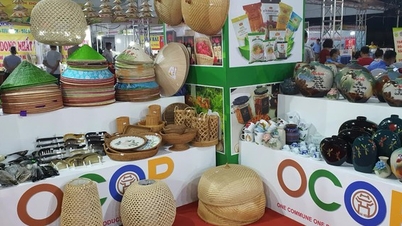

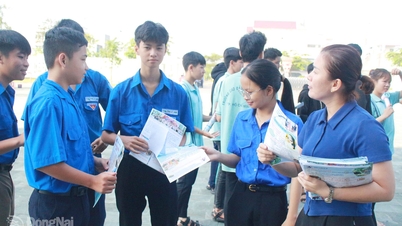



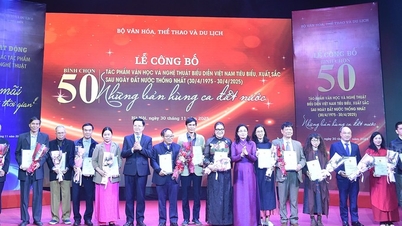

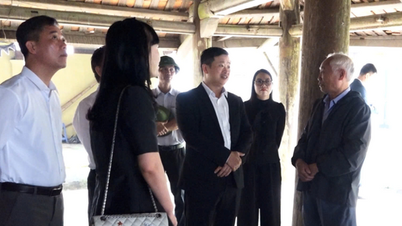













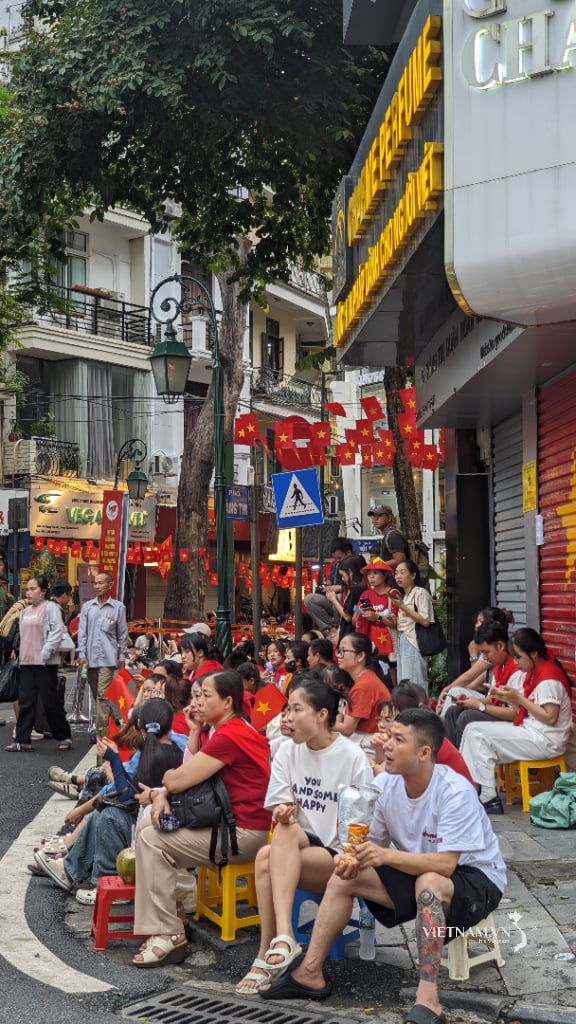
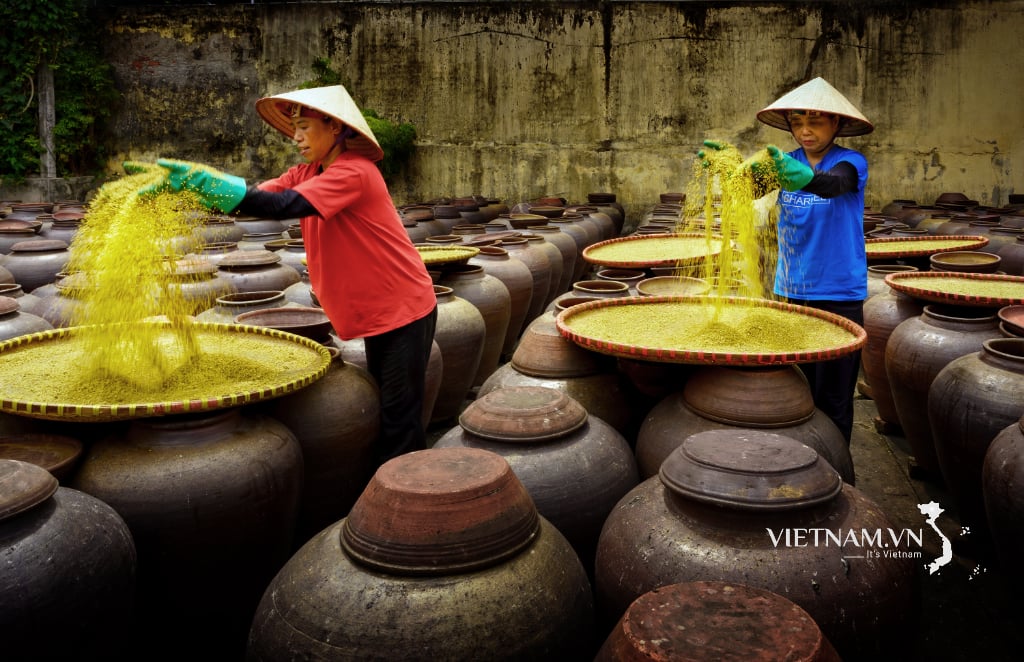
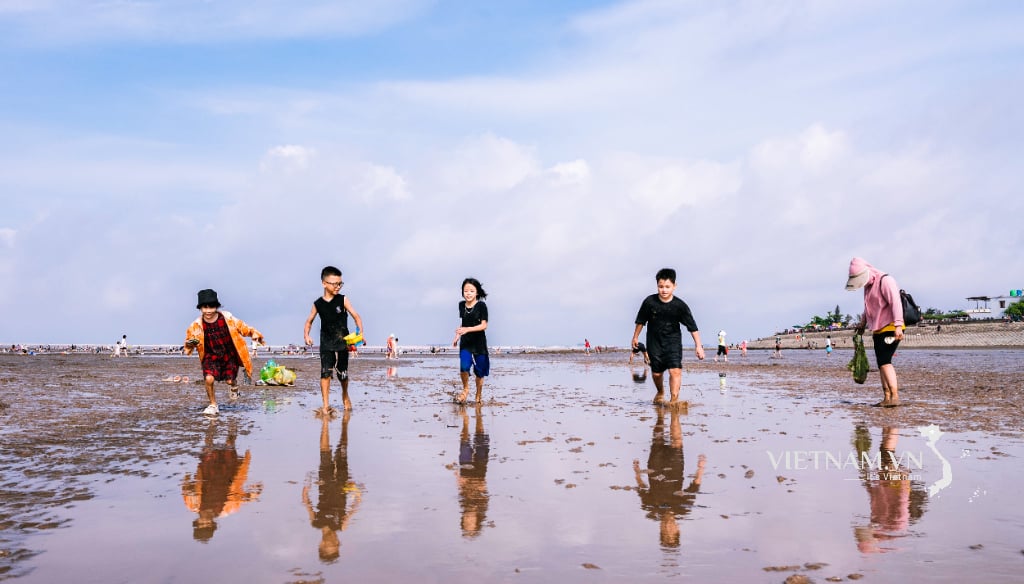
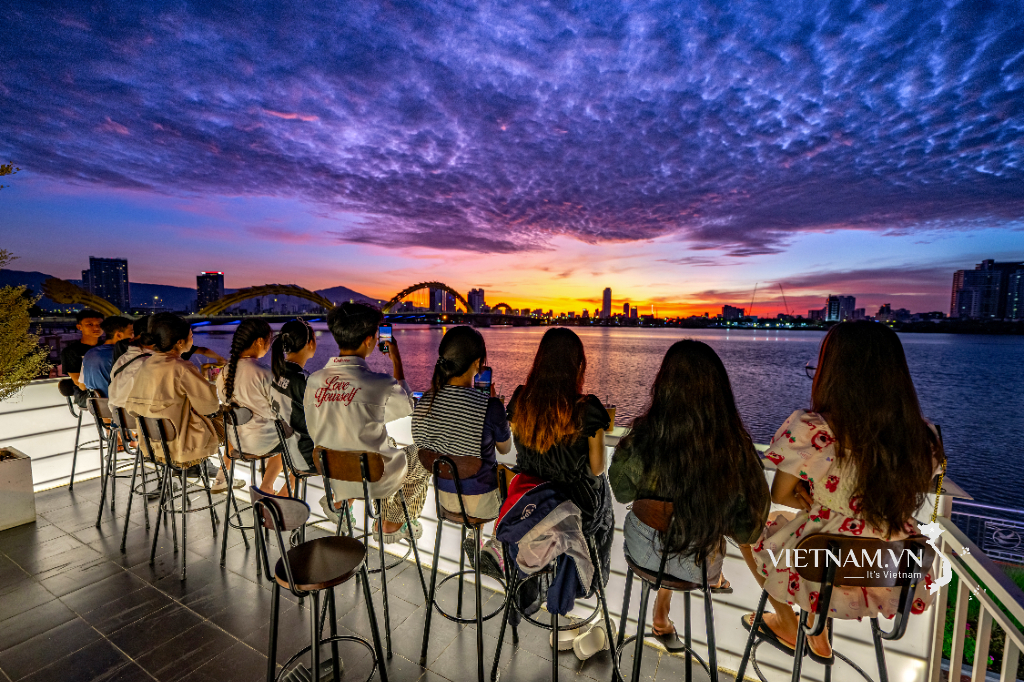
Comment (0)